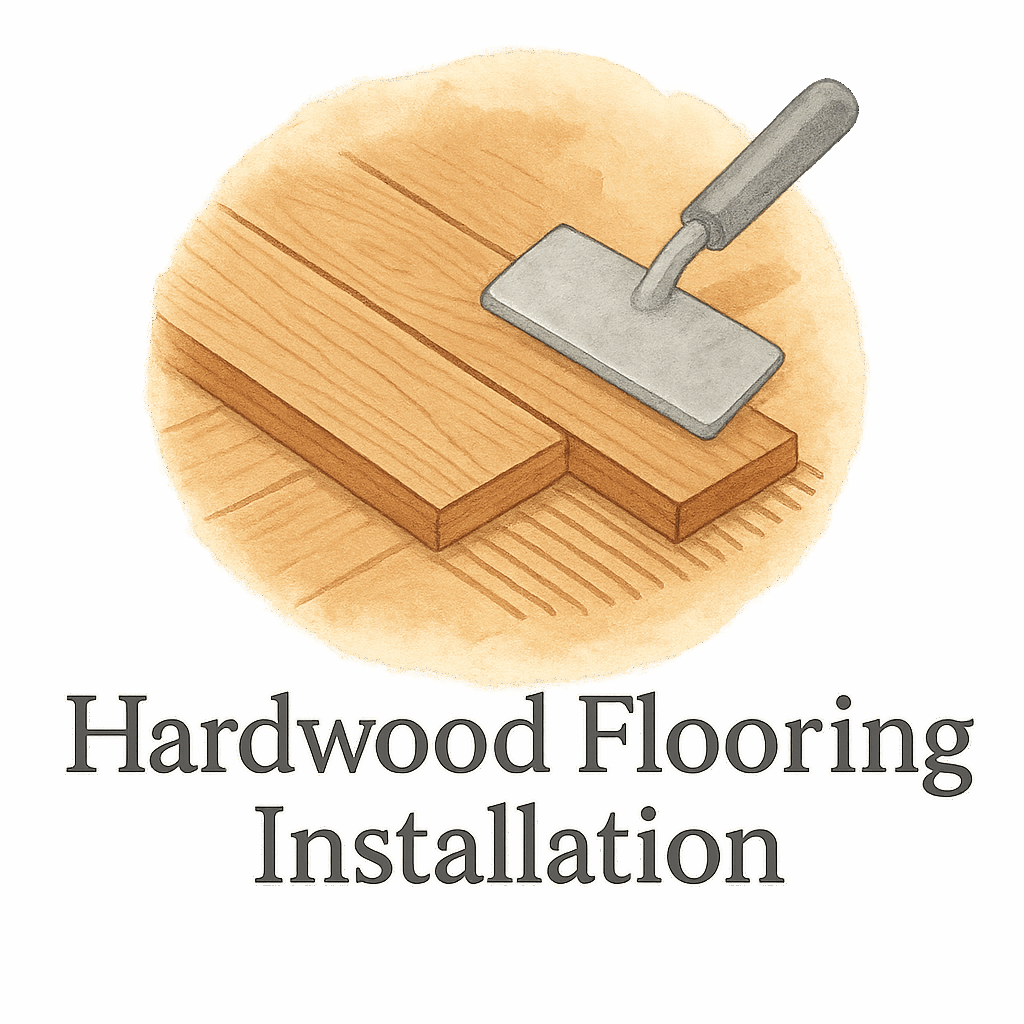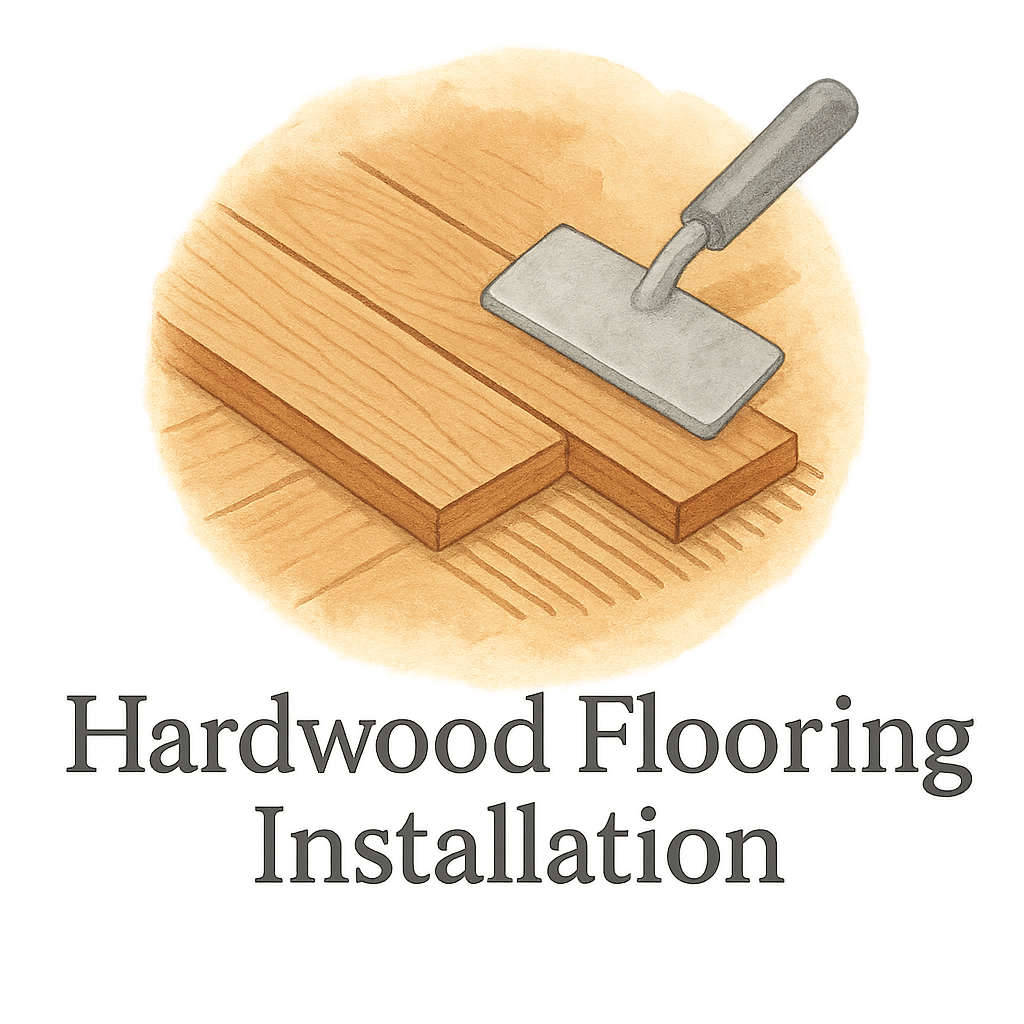So, you’re pumped to install new flooring, right? Maybe it’s hardwood, laminate, or luxury vinyl. But wait—what’s going on underneath? The subfloor is like the backbone of your floor. If it’s not in good shape, you’re basically building on a shaky foundation.
Before you drop thousands on fresh planks or tiles, let’s talk about the six red flags that your subfloor needs repair. Ignoring them can lead to saggy floors, creaks, and even long-term damage to your new investment.
What Is a Subfloor and Why Does It Matter?
The subfloor is the base layer that lies between your flooring material and the structural floor joists. It’s usually made of plywood, oriented strand board (OSB), or concrete. Think of it as the unsung hero of every beautiful flooring job.
A damaged or unstable subfloor can wreck your dream floor, no matter how high-quality the top layer is. That’s why preparation is key—just like you wouldn’t paint over a cracked wall without fixing it first.
Check out this essential guide on flooring preparation to dive deeper into what goes into getting your floor ready.
Why Checking the Subfloor Is Crucial Before New Flooring
Imagine putting on new shoes with holes in your socks. It just doesn’t feel right. Installing new floors without checking the subfloor first is the same kind of mistake. You’re risking warped planks, popping tiles, and expensive do-overs.
This is where the planning stage is critical. Visit the flooring cost & time estimation page to understand how subfloor repair impacts your budget and schedule.
1. Soft Spots or Sagging Areas
What Causes Soft Spots?
Walking across your room and suddenly feeling a dip? That’s a classic sign your subfloor needs help. Water damage, age, and structural issues are usual suspects. If the wood under your floor is compromised, it can’t support the load—leading to those annoying soft patches.
How to Test for Sagging Subfloors
Use your feet and a level. Walk slowly across the floor and mark soft or uneven spots. Then grab a 4-foot level or a laser level to see just how bad it is. If it rocks or shows a clear slope, it’s time to call in backup.
Want a better DIY approach? Check out DIY flooring installation tips for safe and smart troubleshooting.
2. Creaking and Squeaky Sounds
When Squeaks Mean More Than Just Annoyance
Squeaks might seem harmless, but they’re often a cry for help. Loose nails, shifting plywood, or deteriorating supports are usually the root cause. The squeak is basically your subfloor saying, “Hey, I’m not okay down here!”
Fix or Replace? Understanding the Next Step
Sometimes a few screws will fix the issue. But other times, it reveals a much larger structural problem. If the creaking is widespread, get a professional to inspect it. Don’t forget to refer to flooring maintenance & repair tips for ongoing care.
3. Visible Water Damage or Mold
Signs of Moisture in Your Subfloor
If you notice dark stains, warping, or a squishy feeling underfoot—especially near sinks or bathrooms—water damage is likely. Wet subfloors lose their strength fast and can’t hold nails or glue properly.
Hidden Dangers of Moldy Subfloors
Mold isn’t just gross—it’s dangerous. It weakens the structure and can make you sick. If your home has a musty smell and moisture history, open up the floor and take a peek.
Stay ahead of potential damage by treating moisture early on.

4. Uneven or Wavy Flooring
Using a Level to Detect Unevenness
You can’t install flooring on a rollercoaster. Use a straightedge or level across multiple sections. If you notice dips or hills, the subfloor might be warped or improperly installed.
Why Uneven Subfloors Cause Major Installation Problems
Any bumps or valleys will show through the floor, especially with rigid materials like hardwood or tile. Uneven surfaces also cause premature wear and tear.
This is why many experts recommend learning the best flooring practices before committing to an install.
5. Cracks, Holes, or Rot in the Subfloor
Types of Subfloor Deterioration
Cracks, splits, or full-blown holes aren’t just visual nightmares—they’re safety risks. These issues typically stem from water, pests, or just good ol’ aging.
How Rot Can Compromise Structural Integrity
Wood rot eats away at the foundation of your flooring. Once it sets in, it spreads fast and weakens everything. If you see blackened wood or feel crumbly sections, you’re dealing with rot.
Check out essential flooring tools & materials for replacing these damaged areas properly.
6. Lingering Odors Coming From the Floor
When Bad Smells Are a Red Flag
If it smells like mildew, mold, or even rot when you walk into a room, it’s probably not your socks—it’s your subfloor. Foul odors often indicate deeper moisture issues.
What to Do About It Before Installing New Flooring
Don’t just mask the smell. Pull up a portion of the existing flooring and inspect the subfloor underneath. If the odor source is deep-set, full replacement might be needed.
Explore cleaning techniques and mold treatments to prevent recurring problems.
How to Properly Inspect and Prep Your Subfloor
DIY or Pro Inspection: What’s Right for You?
If you’re confident with tools and know your flooring anatomy, a DIY inspection is doable. Otherwise, hire a contractor with experience in subflooring. Learn when to go pro via this home improvement checklist.
Essential Tools and Materials for Subfloor Work
Before diving in, stock up on:
- Pry bars
- Circular saws
- Moisture meters
- Screws/nails
- Replacement plywood
These are some of the most best materials and tools for effective subfloor prep.
Cost and Time Estimation for Subfloor Repair
The cost varies widely depending on size and severity. Minor fixes might cost $200-$500, but full replacements can run into the thousands. Timing-wise, expect 1–3 days depending on labor and drying time.
Visit flooring cost & time estimation to budget accurately.
Common Mistakes to Avoid Before Flooring Installation
- Ignoring creaks or soft spots
- Installing over damp or moldy areas
- Skipping leveling procedures
- Not using proper underlayment
Want more tips? Don’t miss this breakdown of flooring mistakes to dodge before it’s too late.
Final Thoughts on Subfloor Health
Your subfloor might be out of sight, but it should never be out of mind. If you’re seeing signs like soft spots, water damage, or strange smells, it’s better to fix them now than cry over buckled flooring later.
Use this as your go-to flooring guide to ensure your renovation project starts off strong—from the ground up.
FAQs
Q1: Can I install new flooring over a squeaky subfloor?
It’s not ideal. Fix the squeaks first to prevent future damage and noise.
Q2: What’s the best subfloor material?
Plywood is most common, but OSB is cost-effective. Concrete is great for basements. See our materials tag for more.
Q3: How do I know if my subfloor has mold?
Look for discoloration, smell for musty odors, and use a moisture meter for confirmation.
Q4: Should I repair the subfloor myself or hire a pro?
If it’s minor, go DIY. For structural issues, it’s safer to hire a pro—planning is key.
Q5: How thick should a subfloor be?
Typically 3/4 inch for plywood, but it varies. Always follow manufacturer install guidelines.
Q6: Can a bad subfloor ruin my new flooring?
Absolutely. It leads to uneven wear, cracks, and even total flooring failure.
Q7: Do I need underlayment over the subfloor?
Yes, underlayment helps with insulation, moisture protection, and comfort. Explore underlayment options here.


